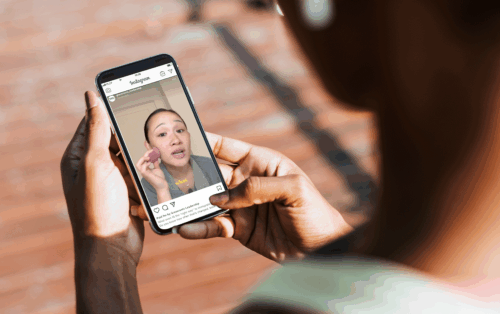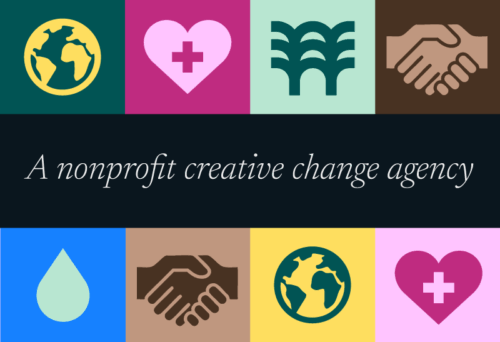
With 80 percent of us in the U.S. under orders to stay at home for the foreseeable future, we are all spending a lot of time online—connecting to friends and family, keeping updated about the latest news about COVID-19, watching movies and shows (Tiger King, anyone?) and, yes, catching up on cat memes and learning dance moves on TikTok.
Virtual socializing
Not surprisingly, the amount of time we’re spending on platforms like Facebook, Instagram and WhatsApp is up—way up. And Zoom, which has been downloaded 11 million times in recent weeks, has been making its way from the office to the home. In addition to being a useful platform for work meetings and a plan B for events, it’s being used for virtual cocktail hours (quarantini anyone?), dinner parties and other gatherings with friends and family, including birthday parties. The following photo captures a virtual birthday party for Resource Media staffer Debbie Slobe’s daughter Maya, who celebrated turning 8 yesterday with friends and relatives around the country.
Virtual events
Many of us are getting a crash course in transforming in-person events into an entirely virtual experience. After the Skoll World Forum, an annual gathering in Oxford, England, of nearly 1000 individuals working in entrepreneurship and social impact was cancelled due to the global pandemic, Resource Media and the Skoll team pivoted to digital and traditional media to support and amplify an entirely virtual conference. Within a month, more than 130 virtual sessions hosted by 100 partner organizations were created and reformulated as online panels and workshops. One Zoom conference session had 900 participants! Instead of an annual awards event, a video “ceremony” was broadcast with celebrity performances, showing how creativity and a lot of hard work can allow groups to pivot quickly.
Staying informed
Private Facebook groups are springing up to connect neighbors, parents and teachers, DIY-mask makers and more. People are using apps like NextDoor to keep neighbors informed of closures, advisories, restaurants offering take-out and local community needs. The World Health Organization has launched a dedicated messaging service through Facebook and WhatsApp—one of the world’s most popular text and messaging applications—to provide educational information and updates about the COVID-19 virus.
Hello TikTok!
Social isolation, job layoffs, economic uncertainty and concern about the health and well-being of family members make for a powerful anxiety cocktail. Many of us are turning to social media to let off steam, laugh and have fun. TikTok–a social video app that allows users to share 15-second videos–has seen a spike in users and downloads. Users are tuning in to learn and share new dance moves, lip-sync and share comedic skits. And some health professionals are turning to TikTok to share educational information about coronavirus with users—in some cases while showing off dance moves. And using the hashtag #distancedance, users are showing creative ways to survive being stuck in the house—through choreographed dance routines.
What does this mean for you?
For social change advocates, this all presents new opportunities and risks. Online platforms have become the primary way we can engage with supporters and apply pressure to decision-makers. Digital testing conducted by our Energy Media team confirms digital behavior is higher than average. Now is the time to experiment with engaging your supporters, all while being mindful of tone. No matter what you post—a message, meme or TikTok—use sound judgment and recognize every person in your audience is under stress and worried about the ever-changing situation. There is little value in adding to this stress, so when in doubt, post something hopeful and positive.
And, remember to consider what narratives you want to attach yourself to, and what narratives to avoid. In Energy Media’s recent online testing, we have found that narratives related to the value of science are jumping off the charts with politically moderate audiences, and that people are increasingly interested in stories related to state and local leadership compared to federal leadership. These are storylines worth elevating, and we will keep tracking their performance in the coming days and weeks.
We will continue to share resources that we’re seeing partners and advocates using and deploying as they, like the rest of us, adapt to organizing, communicating, and doing core work online. And we invite you to share your learnings and experiences by dropping us a line at info@rm-mig.local or via Twitter @Rmedia.
— Amy Frykman, Teresa Guillien and Andrew Schenkel, with contributions from many Resource Media and Energy Media staff
More Insights and Resources


Rooted in who we are: Check out our new look and website

